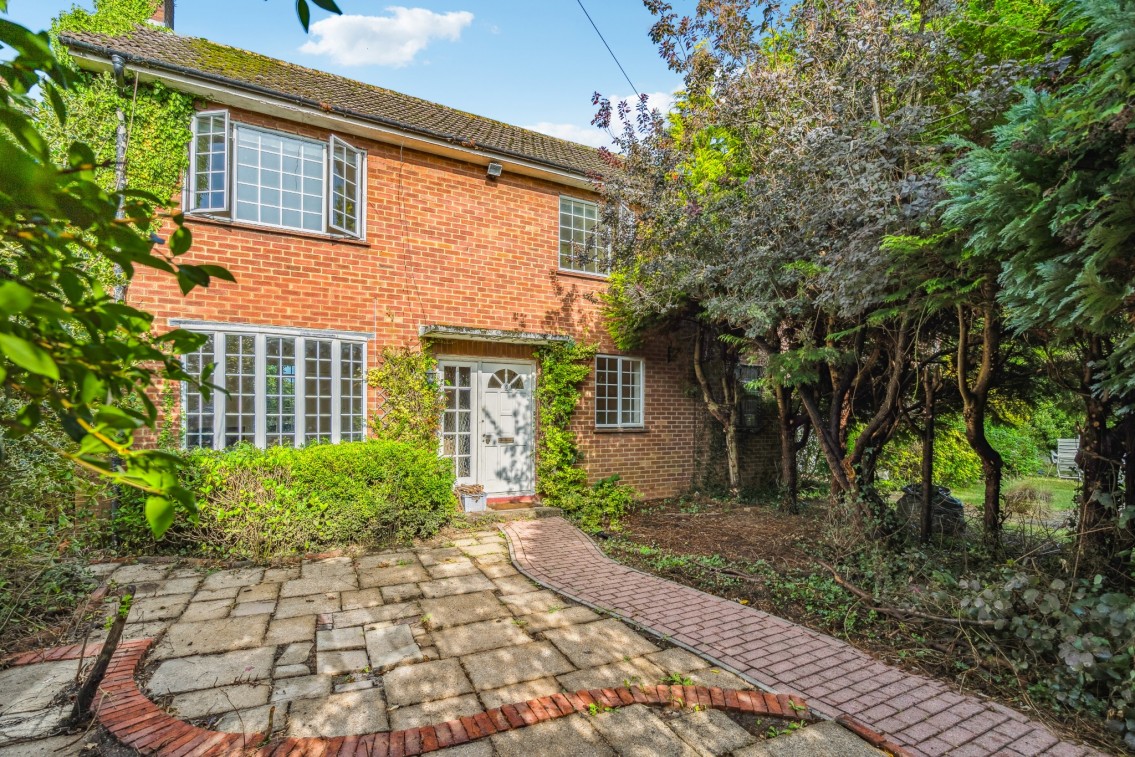
In today’s somewhat uncertain market, mixed opinions seem to be prevailing as to what extent a ‘fixer upper’ property can still make sound financial and logistical sense.
It goes without saying, that the margins on ‘flipping houses’ are not necessarily what they were. However, for the first-time buyer and second-stepper segments of the market, there is still a case to be considered in properties requiring either partial or complete renovation.
This theory is rooted in recent findings by Rightmove, in an analysis carried out in August this year, which revealed that properties marketed as ‘in need of renovation’ are typically around £29,000 less than the average asking price. This disparity does, by all accounts, create a very real window of buying opportunity, and especially for those homebuyers who have very definite ideas on the size or location of their next home.
To renovate... or not to renovate?
Mindful of the current economic climate, a renovation project is certainly not something to be entered into lightly, and not least because the logistical and financial challenges have found new meaning off the back of the pandemic, Brexit and recent global unrest.
That said, aspiring renovators with the vision and wherewithal to overcome these obstacles, might find some incentive, at least, in the Government's supposedly near-future plans to make the renovation process slightly easier, by allowing homeowners to add up to two storeys without planning permission. If this does come to fruition, and if buying power continues to push 'ready made' homes outside the realms of affordability, then the popularity of ‘fixer uppers’ will no doubt follow an upwards trajectory.
How do I find a 'fixer upper'?
Thankfully, there appears to be an ever-improving stock of ‘fixer uppers' coming to market to help satiate the burgeoning appetite for renovation, and for 'putting a stamp on a home.'
One such property is this new-to market home in Church View, White Waltham (pictured above.) Occupying a desirable position with stunning rural views of countryside and White Waltham Airfield, the two bedroom semi-detached house offers plenty of scope to extend (with lapsed planning consent for a double storey rear extension - Ref. No: 19/02397/FULL) and would benefit from modernisation.
As part of the groundwork to taking on any kind of property project such as this, it pays to look at comparable properties on the same street, and establish how much they sell for once they have been renovated and, where applicable, extended.
As an example, a similar ‘finished’ 3 bedroom semi-detached home in the same road sold for £710,000 in September 2022, according to data by Zoopla.
Summary
By today’s standards, the cost of bringing an unmodernised home up to standard typically equates to 15.8% of its value. Material and labour prices are at an all-time high, but DIY enthusiasts can hope to negate at least some of this issue by doing as much of the works as possible themselves.
The most important thing, some would say, is to make sure the price of the property, plus the cost of the necessary works, does not exceed the price it might achieve when ‘finished.' However, with many of today's buyers leaning into the 'marathon mortgage' trend and adopting an attitude of long-termism in the home-buying process, the once-rooky mistake of 'going over-budget' has suddenly become inordinately easier to reconcile, and infinitely more likely to be outweighed (in the end) by the eventual equity gains that a return to 'normal' market will yield.

